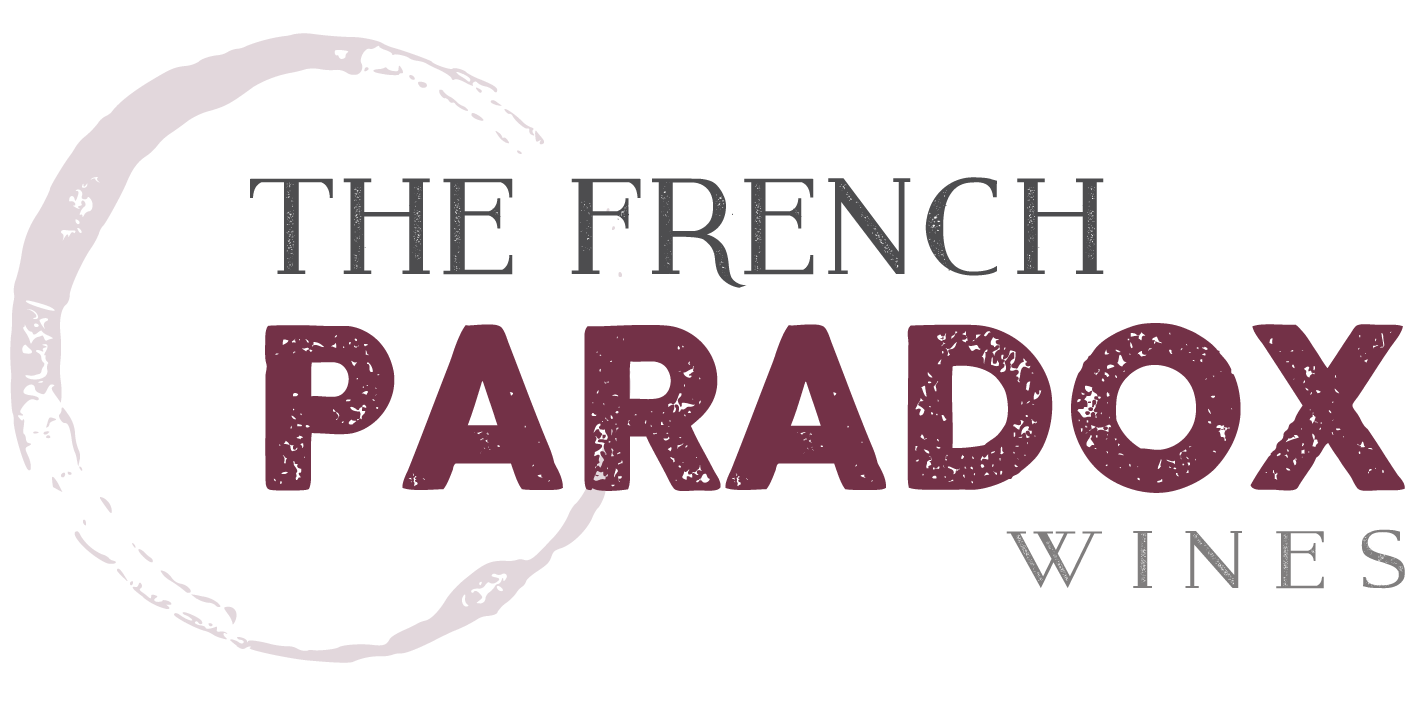2018 Louis Latour Corton-Charlemagne Grand Cru
Cotes de Beaune, Burgundy
Regular price: $225 per bottle
Pre-sale price: $175 per bottle
I’ve been thinking, and writing, a lot about Chardonnay lately. I’m intrigued and mystified about a grape that is just so polarizing, both vilified and adored by many consumers and yet still the best selling white wine in the US. Is it a backlash, due to its popularity, by contarians? Is it thought to be a ‘rite of passage’ by the wine snobs (which includes most of the wine press); a wine that you pass through on your way to more ‘serious’ wines? Is it pigeon-holed as an inferior because it’s a white wine, which are considered ‘less’ by those same wine snobs when compared broadly to red wines? I have really no idea.
I do believe that Chardonnay can be largely classified into two groups, which I’ll call capital ‘C Chardonnay’ and lower-case ‘c-chardonnay’. The ‘C’ group includes those low production cult wines from California (such as Aubert Kistler and Peter Michael, among others), as well as White Burgundies, largely from the Cotes de Beaune (Meursault and Montrachet) which are often found in the cellars and preferences of almost all wine connoisseurs. The ‘c’ group includes the vast pool of Chardonnay from California’s Central Coast, the Maconnaise in the south of Burgundy and nearly everywhere else on the planet. The differences between these two groups are readily apparent; first in pricing (C’s often cost in excess of $100s of dollars, if you can find them, while many c’s are priced at less than $20) and certainly in styles. The C’s are full and rich and lush (like red wines in a white skirt) and the c’s are moderate and lighter, but with flavors that mimic (or honor) the C’s. (I’m going to stay away from the C’s and c’s from Chablis, which are of a different style altogether for the moment.)
On a qualitative basis (which is mostly driven by opinion, in this case, mine), the C’s are much better wines; they have just ‘more’ of everything; more fruit, weight, and concentration. Actually, they should have more of everything, as they cost so much more. They also have more prestige, with more impressive lineage and/or less availability, both of which drives prices upward. And lastly, Chardonnay grapes for the big C’s are from, arguably, the best places on earth to grow Chardonnay.
Corton-Charlemagne is one of those places. It’s named after the Holy Roman Emperor Charlemagne, who once owned the hill of Corton on which the vineyards now reside. According to later legend, the vineyards were dedicated to white grape varieties because the emperor’s wife preferred white wines as they did not stain the big guy’s beard. The hill has all the attributes one would want in a site for wine grape growing; high elevation, steeply graded slopes, great exposure to the sun and eroded, loose and dry soils. Yields of grapes from the vineyards of Corton-Charlemagne are strictly limited, so there is not much wine made. The grapes are also picked late in the growing season, at full phenolic ripeness, adding to the weight and concentration of the finished wine. It’s interesting to note (at least to me) that the white wine from Corton-Charlemagne is largely made in the same manner as expensive red wines from elsewhere (which perhaps makes this wine a great value!)
Maison Louis Latour was formed in 1797, although the family history, as coopers, shows them in Burgundy for at least a century sooner. By the mid-1800’s, Louis Latour wines were found throughout the capitals of Europe and the New World and was the official supplier of wines to Princes and Kings: The Thurn and Taxus family for 160 years, the Court of Bavaria, the King of Wurtemberg, Ferdinand de Saxe-Coburg future King of Bulgary, Princes Radziwill, etc…It was decided by the fifth Louis Latour at the turn of the 19th century that Chardonnay will be planted in the vineyards located south of Corton that were previously planted with Aligote and Gamay. This was the beginning of Corton-Charlemagne.
Today, the Louis Latour wines from Corton-Charlemagne are made in the manner described above; late picked, vigorously sorted, fermented in oak barrels and aged in 100% new French oak for 8-10 months and an additional year (or 2) in bottle before release. The resulting wine is full bodied and rich and lush, powerful and complex. Intensely aromatic and flavorful, peach and hazelnut dominate, and the finish is freshly citric. It’s a immense and bold wine that actually will pair well with anything you’d like to serve and will age beneficially for a decade or more. If my above classification makes any sense, this wine is the high C of the C’s. (PW)
